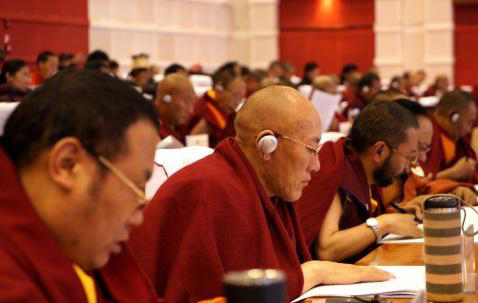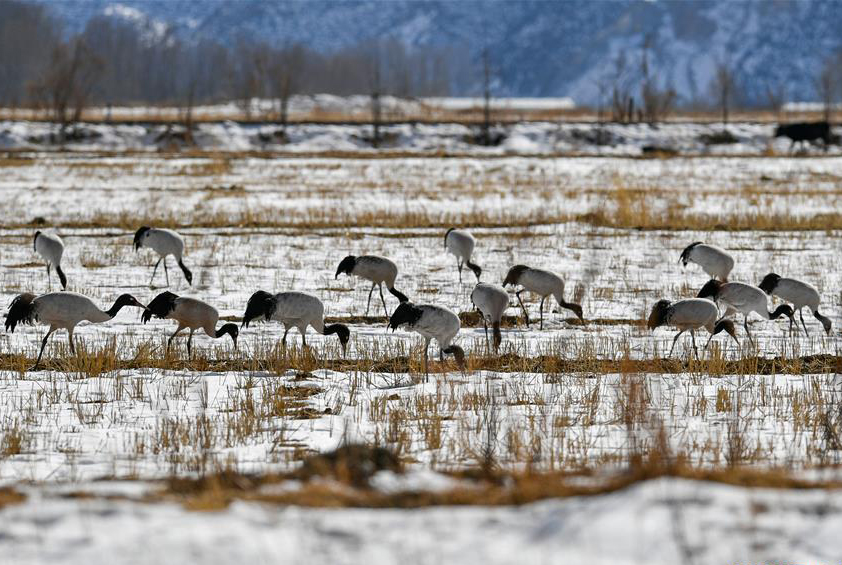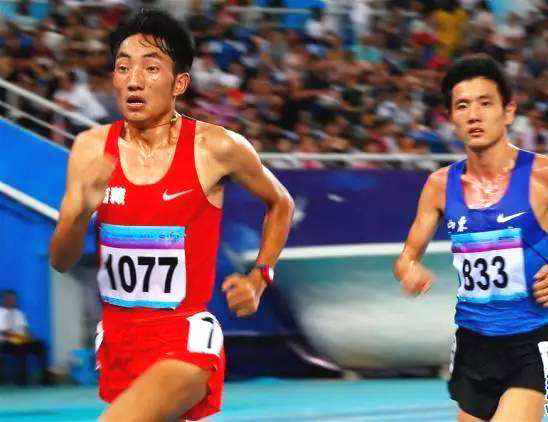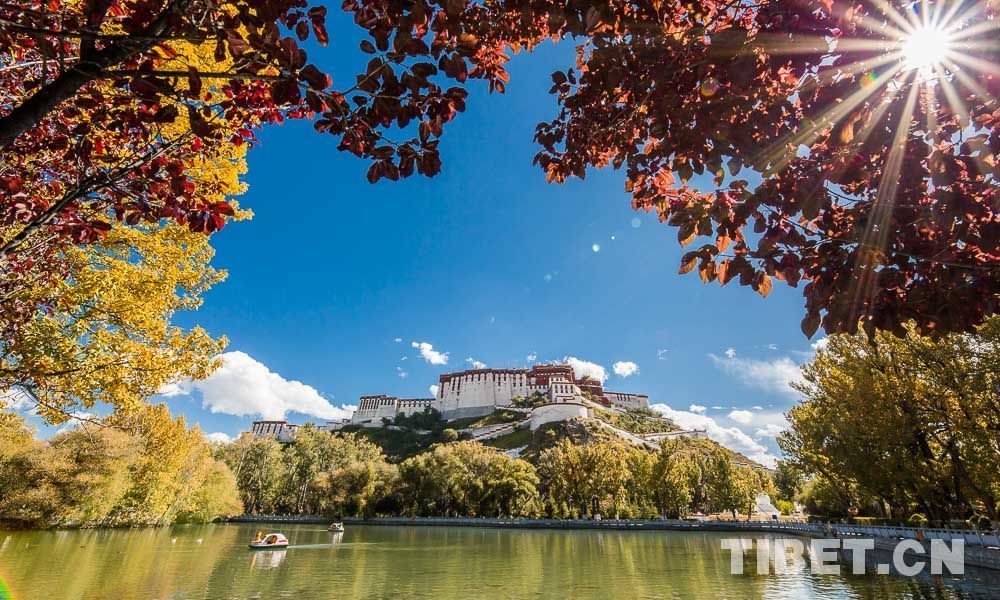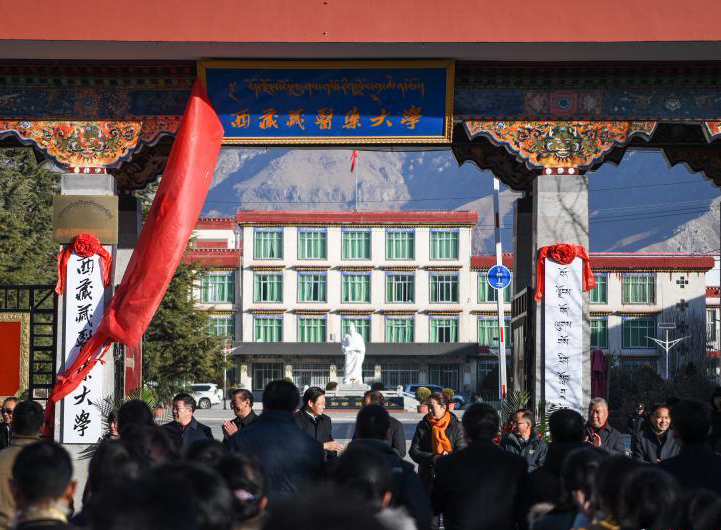Tibetan livelihoods improved via reform and opening-up
Yong Xi, a Tibetan citizen of Lhasa city, Tibet autonomous region, always remembers the days when having a bite of watermelon was a luxury as a child.
"In winter of the 1980s, we barely had any vegetables other than cabbage, radishes and potatoes," she said.
In the 1990s, the regional government adopted greenhouses, so that different kinds of vegetables could be planted throughout the year.
Since then, people on the plateau have been able to enjoy more diverse foods.
"Now we can get almost everything that people in other parts of the country have," she said.
Drolma, by contrast, has cared more about clothing.
"Siblings had to share clothes, and we always had to wear secondhand items," said Drolma, adding that their top concern was to keep warm.
"We did not have new clothes until the New Year festival, and fashion was just beyond our choices," she said, adding that nowadays she pays more attention to fashion and the quality of the clothes.
The lives of different ethnic groups in the Tibet autonomous region have improved remarkably in recent decades, thanks to the reform and opening-up policy initiated 40 years ago.
According to official statistics, the region's GDP soared to more than 131 billion yuan ($19 billion) in 2017, which was 48.3 times higher than that of 1978, with an average annual growth rate of more than 10 percent, compared to the nation's average of 9 percent.
The region's GDP per capita in 2017 increased 24 times to reach 39,259 yuan, from 357 yuan in 1978.
Rural residents' per capita disposable income hit 10,330 yuan in 2017, a rise of 13.6 percent year-on-year.
The region's urban per capita disposable income climbed to more than 30,000 yuan, up more than 10 percent from the same period of the previous year.
Tibet Stories
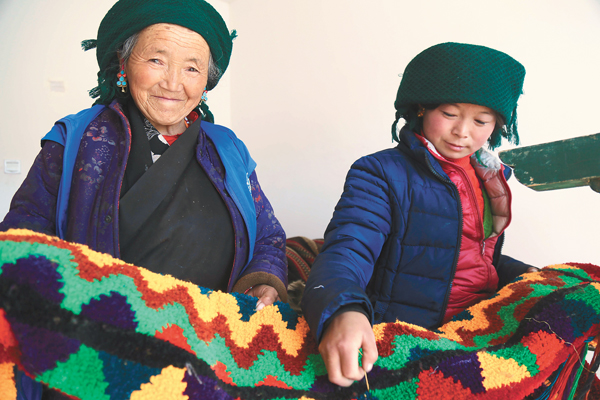
A happy senior's new life
Budo Drolma, whose family used to be impoverished, now live in a brand-new and spacious house.
Latest News
- Egypt uncovers intact 4,400-year-old pharaonic tomb near Giza pyramids
- UN climate conference adopts rulebook for implementing Paris deal
- Service of Chinese Americans in World War II to be formally recognized
- Germany suffers severe Santa shortage as Christmas draws near
- 7-year-old in good health, border agents said; then she died
